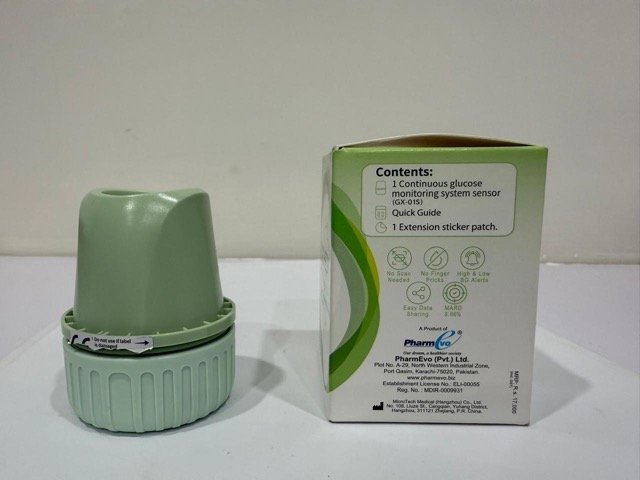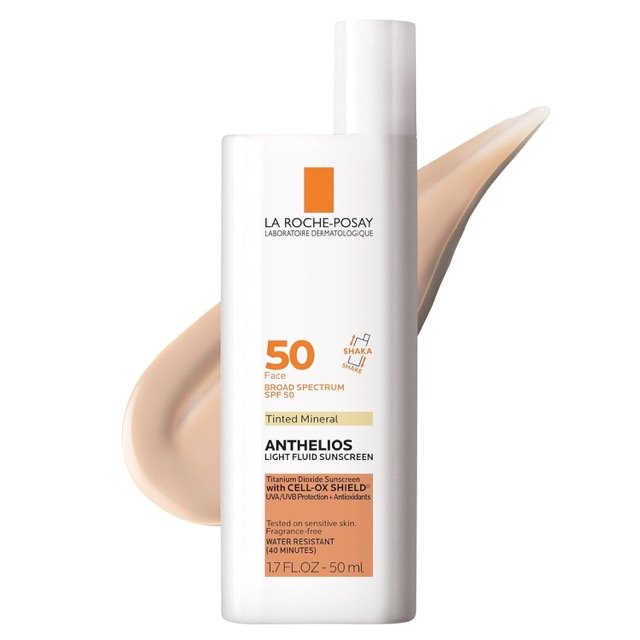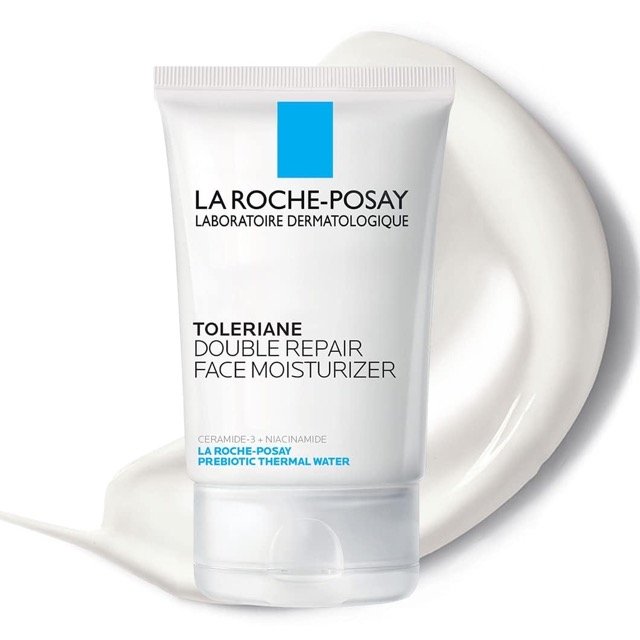Lidenza (Lidocaine and Menthol) is used in the form of Gels, Creams, Sprays, and Patches as OTC products for the temporary relief of aches and pains in the joints and muscles, and for skin soreness, irritation, and itching.
Lidocaine and menthol Uses:
-
Topical Anesthetic:
-
OTC products:
-
Cream, gel, and spray:
- It is employed to provide short-term relief from the discomfort and itching brought on by minor burns, cuts, scrapes, sunburns, skin irritations, and bug bites.
-
Patch:
- It is used to treat mild to moderate muscular or joint pain in individuals with arthritis, a simple backache, bursitis, tendonitis, soreness, stiffness, strains, sprains, or bruising for a short period of time.
- It is utilised to provide short-term pain relief for minor skin irritations, wounds, and scrapes.
-
-
RX products:
-
Cream:
- It is used for the temporary relief of abrasions, minor burns, insect bites, pain, pruritic eczemas, soreness, pruritus, and discomfort due to anal fissures, hemorrhoids, anal pruritus, pruritus vulvae, and similar conditions of the skin and mucous membranes.
-
-
Lidenza (Lidocaine and Menthol) Dose in Adults:
Lidenza (Lidocaine and Menthol) Dose in adults as a topical anesthetic:
-
OTC products:
-
Cream:
- Apply a thin film to the affected area 3 to 4 times a day.
-
Gel, spray:
- Apply to the affected areas up to a maximum of 4 times a day.
-
Patch:
- Avalin, Lidozen:
- Apply the patch to the affected area up to a maximum of 4 times a day.
- The patch may remain in place for up to 8 hours. Avoid using it for more than 5 consecutive days.
- LidoPatch:
- To the affected region, apply the patch.
- The patch can be left on for up to 12 hours and can only be removed once every 24 hours.
- Lidothol:
- To the affected region, apply the patch.
- Up to two patches may be applied every 24 hours and the patch may stay on for 8 to 12 hours.
- Siterol:
- To the affected region, apply the patch.
- Keep the patch on for up to 8 hours, and apply no more than 4 patches in a 24-hour period. Don't use it for more than five days straight.
- Solmara, Terocin:
- Once or twice a day, apply the patch to the troublesome area.
- Avalin, Lidozen:
-
Rx products:
-
Cream:
- Twice or three times per day, apply a thin coating to the affected area.
-
-
Lidenza (Lidocaine and Menthol) Dose in Children:
Lidenza (Lidocaine and Menthol) Dose as a topical anesthetic:
-
OTC products:
-
Cream:
- Children ≥2 years and Adolescents:
- Three to four times per day, apply a thin coating to the affected area.
- Children ≥2 years and Adolescents:
-
Spray:
- Children ≥2 years and Adolescents:
- Up to four times each day, apply to the affected regions.
- Children ≥2 years and Adolescents:
-
Patch:
- Avalin:
- Children ≥2 years and Adolescents:
- Up to four times each day, apply the patch to the afflicted region.
- Patch can be left on for up to eight hours. Don't use it for more than five days straight.
- Children ≥2 years and Adolescents:
- Lidothol:
- Children ≥12 years and Adolescents:
- To the affected region, apply the patch. Up to two patches may be applied in a 24-hour period and left on for 8 to 12 hours.
- Children ≥12 years and Adolescents:
- Solmara, Terocin:
- Children ≥12 years and Adolescents:
- Once or twice a day, apply the patch to the troublesome area.
- Children ≥12 years and Adolescents:
- Avalin:
-
Pregnancy Risk Factor B
- This combination has not been used in studies on human and animal reproduction.
- Talk to individual agents.
Breastfeeding: Lidocaine and Menthol
- It is unknown whether breastmilk contains menthol or lidocaine, if used in combination.
- It is recommended that you use it with caution if you are breastfeeding.
- Talk to individual agents.
Dose in Kidney Disease:
There are no dosage adjustments provided in the manufacturer's labeling.
Dose in Liver disease:
There are no dosage adjustments provided in the manufacturer's labeling.
Side effects of Lidenza (Lidocaine and Menthol):
-
Central nervous system:
- Burning sensation
- Localized warm feeling
- Paresthesia (localized)
- Stinging sensation
-
Dermatologic:
- Localized erythema
-
Local:
- Localized edema
Contraindications to Lidenza (Lidocaine and Menthol):
- Allergy to lidocaine or any component in the formulation
- Bacterial infection at application site
- Traumatized mucosa
Warnings and precautions
-
Local effects
- Local reactions include irritation, sensitivity and. The application site may be infected. Stop using the medication if you experience side effects.
Lidocaine and menthol: Drug Interaction
|
Antiarrhythmic Agents (Class III) |
Lidocaine (Topical) may enhance the arrhythmogenic effect of Antiarrhythmic Agents (Class III). Antiarrhythmic Agents (Class III) may increase the serum concentration of Lidocaine (Topical). This mechanism specifically applies to amiodarone and dronedarone. |
|
Aprepitant |
May increase the serum concentration of CYP3A4 Substrates (High risk with Inhibitors). |
|
Beta-Blockers |
May increase the serum concentration of Lidocaine (Topical). |
|
Clofazimine |
May increase the serum concentration of CYP3A4 Substrates (High risk with Inhibitors). |
|
CYP3A4 Inhibitors (Moderate) |
May decrease the metabolism of CYP3A4 Substrates (High risk with Inhibitors). |
|
Dapsone (Topical) |
May enhance the adverse/toxic effect of Methemoglobinemia Associated Agents. |
|
Disopyramide |
May enhance the arrhythmogenic effect of Lidocaine (Topical). Disopyramide may increase the serum concentration of Lidocaine (Topical). Specifically, the unbound/free fraction of lidocaine. |
|
Duvelisib |
May increase the serum concentration of CYP3A4 Substrates (High risk with Inhibitors). |
|
Erdafitinib |
May increase the serum concentration of CYP3A4 Substrates (High risk with Inhibitors). |
|
Fosaprepitant |
May increase the serum concentration of CYP3A4 Substrates (High risk with Inhibitors). |
|
Fosnetupitant |
May increase the serum concentration of CYP3A4 Substrates (High risk with Inhibitors). |
|
Larotrectinib |
May increase the serum concentration of CYP3A4 Substrates (High risk with Inhibitors). |
|
Local Anesthetics |
Methemoglobinemia Associated Agents may enhance the adverse/toxic effect of Local Anesthetics. Specifically, the risk for methemoglobinemia may be increased. |
|
Methemoglobinemia Associated Agents |
May enhance the adverse/toxic effect of Local Anesthetics. Specifically, the risk for methemoglobinemia may be increased. |
|
Netupitant |
May increase the serum concentration of CYP3A4 Substrates (High risk with Inhibitors). |
|
Nitric Oxide |
May enhance the adverse/toxic effect of Methemoglobinemia Associated Agents. Combinations of these agents may increase the likelihood of significant methemoglobinemia. |
|
Palbociclib |
May increase the serum concentration of CYP3A4 Substrates (High risk with Inhibitors). |
|
Prilocaine |
Methemoglobinemia Associated Agents may enhance the adverse/toxic effect of Prilocaine. Combinations of these agents may increase the likelihood of significant methemoglobinemia. Management: Monitor patients for signs of methemoglobinemia (e.g., hypoxia, cyanosis) when prilocaine is used in combination with other agents associated with development of methemoglobinemia. Avoid lidocaine/prilocaine in infants receiving such agents. |
|
Simeprevir |
May increase the serum concentration of CYP3A4 Substrates (High risk with Inhibitors). |
|
Sodium Nitrite |
Methemoglobinemia Associated Agents may enhance the adverse/toxic effect of Sodium Nitrite. Combinations of these agents may increase the likelihood of significant methemoglobinemia. |
|
Risk Factor D (Consider therapy modification) |
|
|
CYP3A4 Inhibitors (Strong) |
May decrease the metabolism of CYP3A4 Substrates (High risk with Inhibitors). Risk |
|
MiFEPRIStone |
|
|
Stiripentol |
May increase the serum concentration of CYP3A4 Substrates (High risk with Inhibitors). Management: Use of stiripentol with CYP3A4 substrates that are considered to have a narrow therapeutic index should be avoided due to the increased risk for adverse effects and toxicity. Any CYP3A4 substrate used with stiripentol requires closer monitoring. Risk |
|
Risk Factor X (Avoid combination) |
|
|
Conivaptan |
May increase the serum concentration of CYP3A4 Substrates (High risk with Inhibitors). |
|
Fusidic Acid (Systemic) |
May increase the serum concentration of CYP3A4 Substrates (High risk with Inhibitors). |
|
Idelalisib |
May increase the serum concentration of CYP3A4 Substrates (High risk with Inhibitors). |
Monitoring Parameters:
None mentioned.
How to administer Lidenza (Lidocaine and Menthol)?
- It should be used only on external surfaces.
- Application inside the oral cavity, genital areas, and into the eyes should be avoided.
- It should not be used over wounds, cuts, mucous membranes, or damaged areas.
- Some products may not be suitable for use with bandages.
Patch:
- Apply the patch to a dry and clean area.
- Apply the patch after removing the protective covering.
- Wash your hands once the patch has been applied.
- Avoid exposing the site to external heat sources such as heating pads, heat lamps, hot tubs, and electric blankets.
Mechanism of action of Lidenza (Lidocaine and Menthol):
Lidocaine:
- It reduces the neuron's permeability for sodium ions, which inhibits the depolarization. This blocks the initiation and conduction nerve impulses.
Menthol:
- Itching is relieved and it has analgesic properties. It dilates blood vessels, and it causes cold sensation.
Refer to individual agents: Lidocaine (Lignocaine) and Menthol.
International Brand Names of Lidocaine and menthol:
- 1st Relief Spray
- AvaDERM
- AvaLin
- Endoxcin
- Gen7T Plus
- LenzaGel
- LenzaPatch
- LevigoLT
- Lidenza
- LidoPatch Pain Relief
- LidoStream
- Lidothol
- LidozenGel
- LidozenPatch
- Limencin
- Lorenza
- MaL Patch
- Mentho-Caine
- Prolida
- Releevia ML
- Siterol
- Solmara
- Synvexia TC
- Synvexia
- Terocin
- Veltrix
- Venia
- Zeruvia
Lidocaine and menthol Brand Names in Pakistan:
Brands Available in Pakistan will be updated later.







